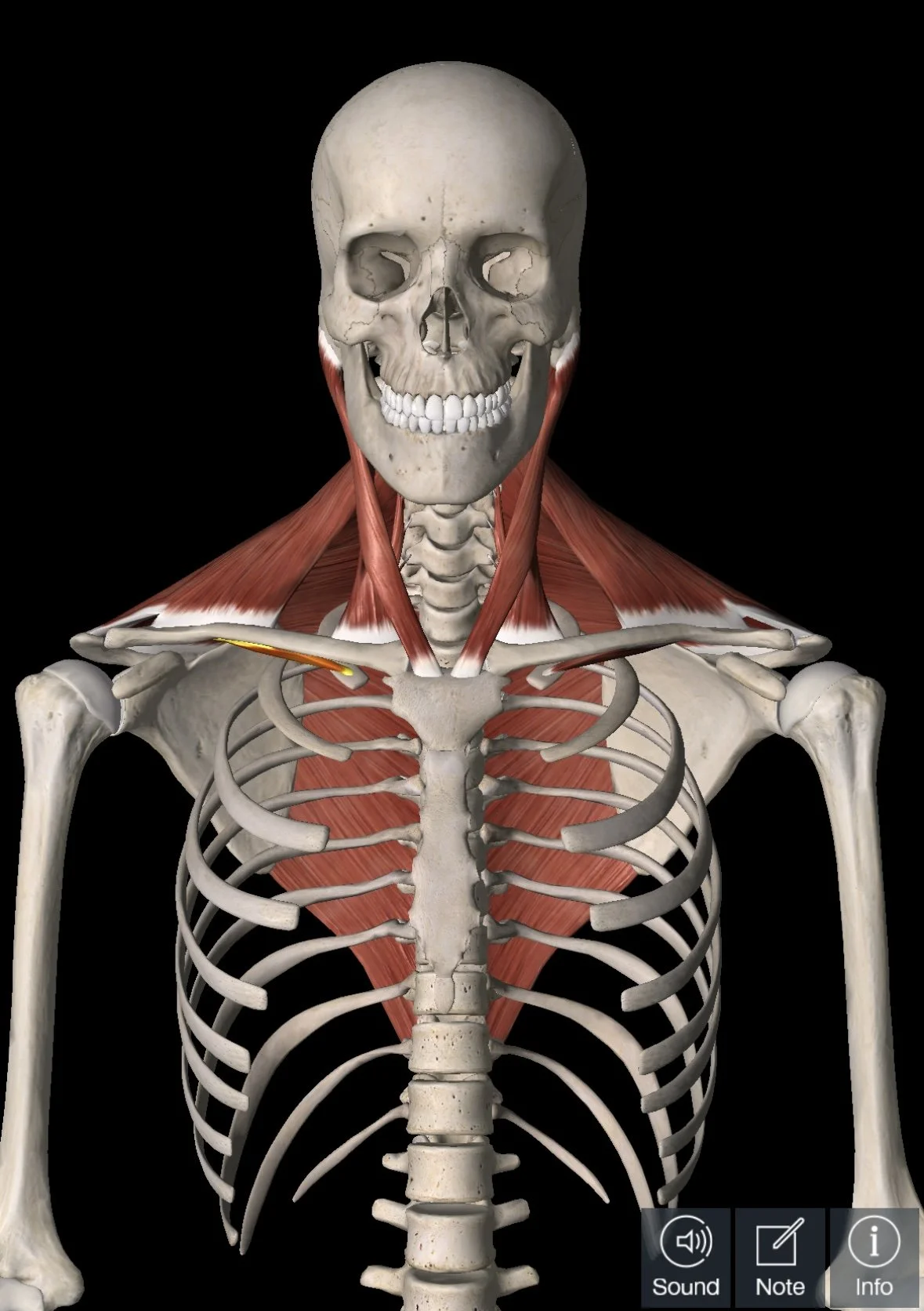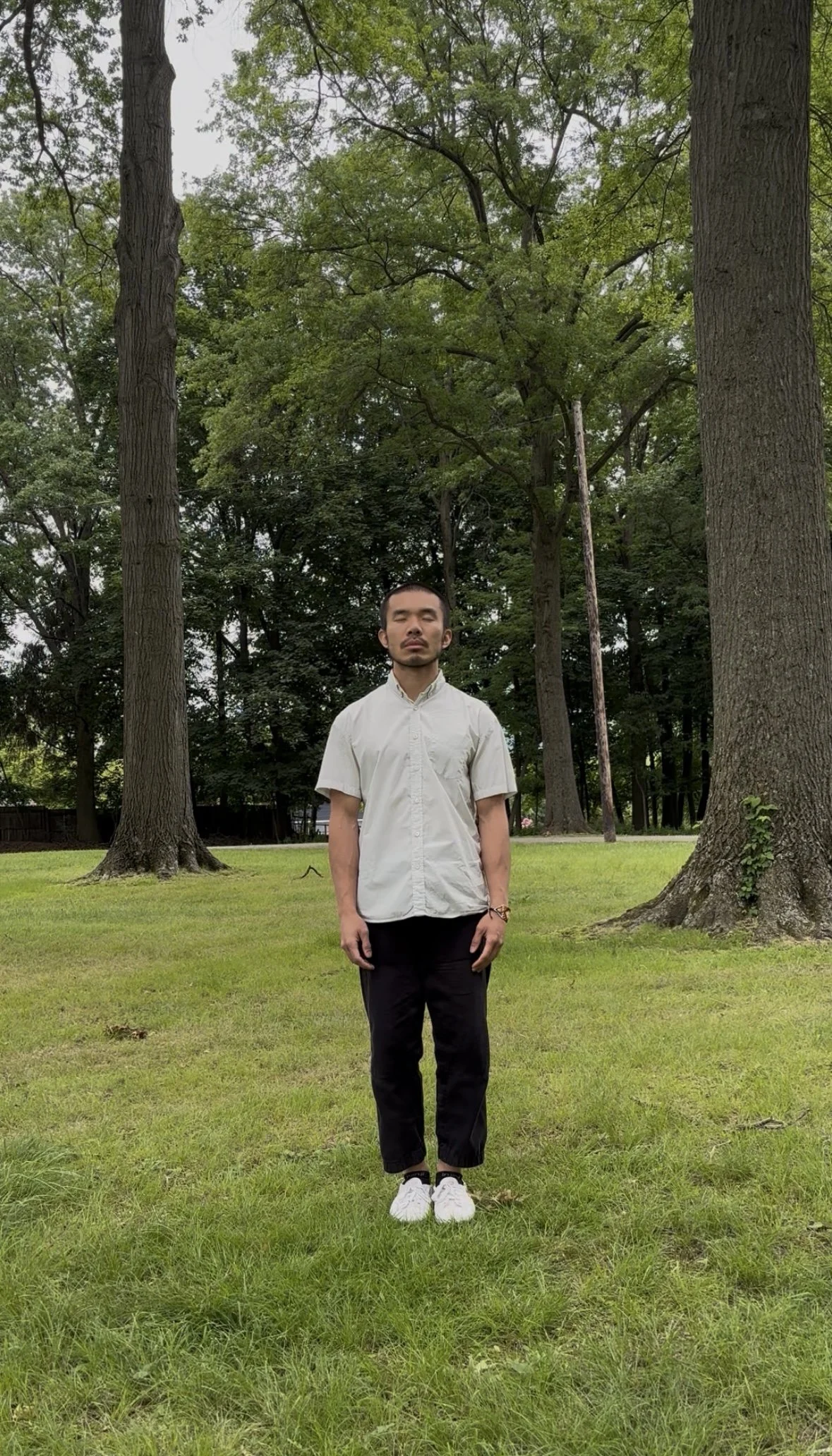How to Incorporate Chinese Medicine into Daily Life (Part 1)
For Health & Longevity
Chinese medicine is both a living science and an art of living.
Practicing Chinese medicine in 2025 looks vastly different from practicing it in 2000 B.C. While our environment and lifestyle have changed drastically, our biology and fundamental nature remain largely unchanged.
Today, I want to share the simplest and most accessible entry point into this ancient practice.
Start with the Breath
Breathing is essential to life and well-being.
Our breath functions as a sophisticated engine. The moment we're born and take our first breath, the cold air and stimulating environment deliver a profound shock to our system. We begin adapting to the world immediately, expressing our feelings by crying out loud—and that feels good!
When you observe a healthy newborn baby, you can visibly see how the diaphragm creates a 360-degree breath, effortless and without tension.
We don't need to teach a baby how to breathe, but we do need to observe with care.
Through various stages of development—influenced by diet, environmental factors, injuries, and lifestyle demands—adult humans become poor breathers, compromising their health and vitality in the process.
On average, we breathe 18,000 to 23,000 times a day.
These muscles are overworking
Most of us hyperventilate or unconsciously hold our breath, signaling to our nervous system that we must respond to a perceived threat. Our mouth becomes dry, our spine straightens, we clench our fists and jaw unconsciously—we're ready to run or fight. While this response is essential for survival, constantly living in this state takes a serious toll on our health.
Indigestion, irregular bowel movements, neck and shoulder pain, lower back pain, anxiety, snoring, TMJ, headaches, and high blood pressure can all be symptoms of breathing dysfunction.
According to research published in the International Journal of Osteopathic Medicine, 83% of anxiety sufferers also experience dysfunctional breathing.
Qi Gong is one of the five main Chinese medicine modalities, focusing on breathing, posture, and visualization. It offers a powerful way for us to relearn how to breathe.
Join My Qi Gong Practice
In the coming colder months, I'll be hosting group practices to share our experiences and foster collective health.
The first practice will be held this Wednesday, 11/12, from 5:30 PM to 6:30 PM via Zoom.
If you're interested in joining live or receiving a recording afterward, please use this link to book (use FALL25 for 25% off): www.anthonywongwellness.com/appointments
Bonus Video
My colleague and friend Rua, an extremely intelligent trainer and awesome human being, recently shared a video on the link between poor respiratory patterns and anxiety or emotional dysregulation.
Watch it here: https://youtu.be/OVsqTJ215N0?si=LjhMN8yEEODE9TEj
Reference
Courtney, R. (n.d.). The functions of breathing and its dysfunctions and their relationship to breathing therapy. RMIT University, School of Health Science.
To Good Health & Qi,
Anthony Wong, L.Ac, NSCA-CPT
Licensed Acupuncturist | Holistic Personal Trainer & Nutrition Coach
Beacon, NY | New York, NY

